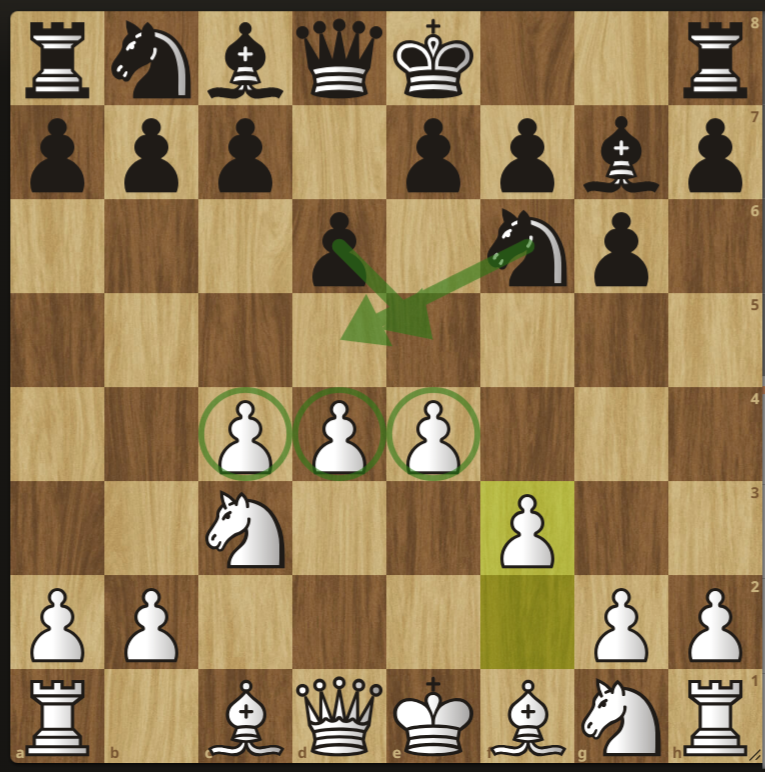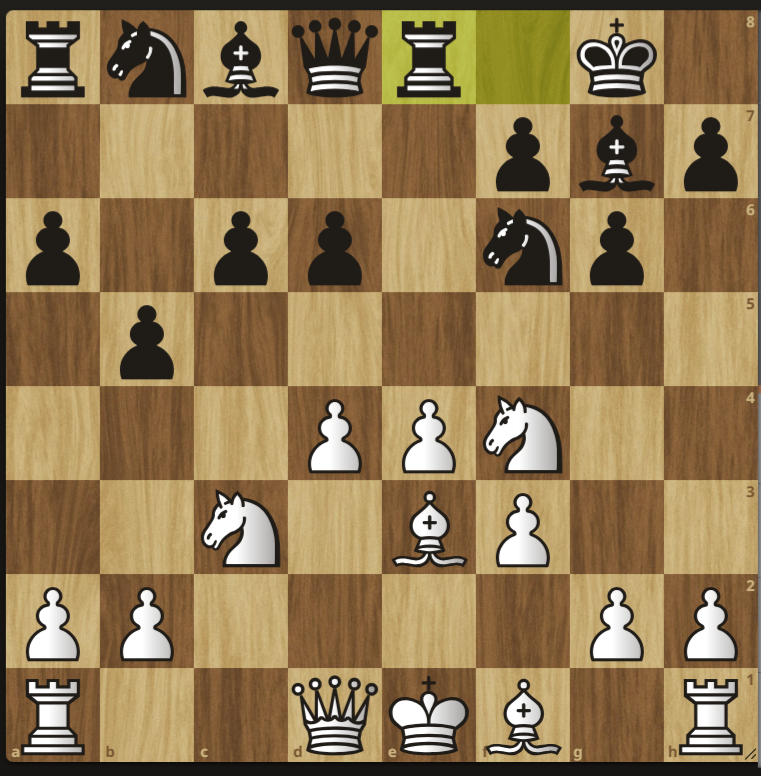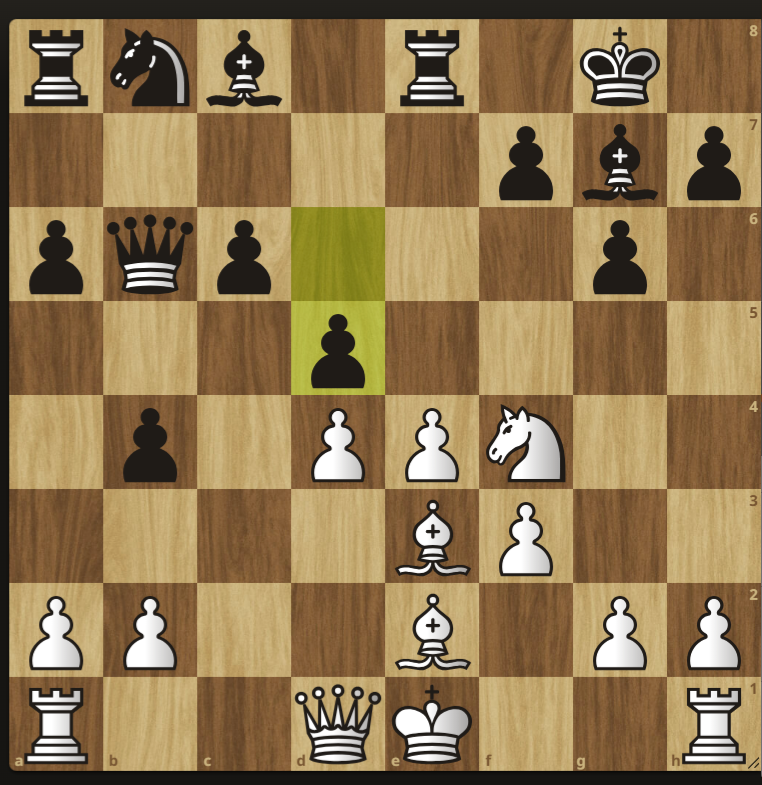
Hello everyone,
Welcome to a new HiveChess Lecture, where I will be talking about an interesting chess topic, guiding you through the lesson, and highlighting a game as an example. I know it has been a while since my last HiveChess Lecture, but moving forward, I will be making more of them on my blog for you all.
If you have been conversant with my chess series or my HiveChess Lecture, this should not be the first time you hear me say the words control the center. This is because it is an important aspect of the opening principle that one has to follow, especially at the beginning of the game. Mindfully, it is vital to know there is a difference between controlling the center and attacking the center.
Controlling the center involves placing a piece or pieces at the center of the board, while attacking the center involves using a piece of yours to threaten a square or a piece already in the center. This kind of position occurs in games like the King's Indian Defense, where white places multiple pawns at the center and, in return, black places a knight and pawns on a strategic point on the board to attack the center.
Let's look at an example.
Carlsen, M. 2881 (1) vs Grischuk, A. 2792 (0)
This game, between Magnus and Grischuk, was played in 2014 during the World Rapid Championship 2014.
1. d4 Nf6 2. c4 g6 3. Nc3 Bg7 4. e4 d6 5. f3

This is what the position looks like when white plays the King's Indian: Samisch Variation. From this point, I have highlighted the squares white is controlling with his pawns, c4, d4, and e4, by placing his pawns on those centers. While in return, Black is attacking the center d5 with his knight and e5 with his pawn.
Although at first glance, it looks like white is a total control, do not underestimate the counterattack that can come after castling and breaking with e5 or d5.
6. Be3 a6 7. Nge2 c6 8. c5 b5 9. cxd6 exd6 10. Nf4

After a couple of moves, the c-file has been opened for white, and white is still maintaining control of the center. It makes it easy for white to place a rook on that open file, probably after developing the bishop on c1. Hence, it is important to know how to open files or create one through pawn breaks in the center.
10. Nf4 Re8 11. Be2 b4 12. Na4 Nd5 13. Bc1 Nb6 14. Nxb6 Qxb6 15. Be3 d5

Even on move 15, white has still not castled his king because of the loads of activity going on in the center of the board. This tends to happen sometimes. When there is so much activity for the person controlling the center, castling tends to be delayed. But now, black finally strikes the center with a break for the center with d5.
At this point in the position, it already buttresses the point of controlling the center against attacking the center. Controlling involves placing your pieces on the center squares, while attacking involves placing your pieces on squares that attack the center.
If you would like to watch the game and see how Carlsen won, here is the game line:
Game Link
And here is the PGN
[Event "FIDE World Rapid 2014"]
[Site "Dubai UAE"]
[Date "2014.06.18"]
[Round "14.2"]
[White "Carlsen, M."]
[Black "Grischuk, A."]
[Result "1-0"]
[GameId "jIWOc713"]
[WhiteElo "2881"]
[BlackElo "2792"]
[Variant "Standard"]
[TimeControl "-"]
[ECO "E81"]
[Opening "King's Indian Defense: Sämisch Variation, Normal Defense"]
[Termination "Unknown"]
1. d4 Nf6 2. c4 g6 3. Nc3 Bg7 4. e4 d6 5. f3 O-O 6. Be3 a6 7. Nge2 c6 8. c5 b5 9. cxd6 exd6 10. Nf4 Re8 11. Be2 b4 12. Na4 Nd5 13. Bc1 Nb6 14. Nxb6 Qxb6 15. Be3 d5 16. Qd3 dxe4 17. fxe4 a5 18. Rd1 Ba6 19. Qc2 Bxe2 20. Nxe2 Nd7 21. O-O Nf6 22. Ng3 Ng4 23. Bf2 Rad8 24. e5 c5 25. dxc5 Qc7 26. Rxd8 Rxd8 27. Ne4 Bxe5 28. g3 Nxf2 29. Kxf2 Qc6 30. Re1 Bd4+ 31. Kf1 f5 32. Nf2 Bxc5 33. Re5 Qa6+ 34. Kg2 Qb7+ 35. Kh3 Bd4 36. Rxa5 Qb6 37. Qc4+ Kh8 38. Rb5 Qf6 39. Nd3 g5 40. Rd5 Rxd5 41. Qxd5 Kg7 42. Nxb4 Bxb2 43. a4 f4 44. Kg2 Bc3 45. Nd3 fxg3 46. hxg3 Qe7 47. Nf2 Qe5 48. Qf3 Bd4 49. Qb7+ Kg6 50. Qc6+ Kg7 51. Ne4 h5 52. a5 h4 53. g4 Be3 54. Qd7+ Kg6 55. Qd6+ Qxd6 56. Nxd6 Kf6 57. a6 Ke6 58. Nb5 Ke5 59. Kf3 Bb6 60. a7 Bxa7 61. Nxa7 1-0
That is a wrap for this lecture. See you at the next one.

♟♟♟♟♟♟♟♟♟

Posted Using INLEO